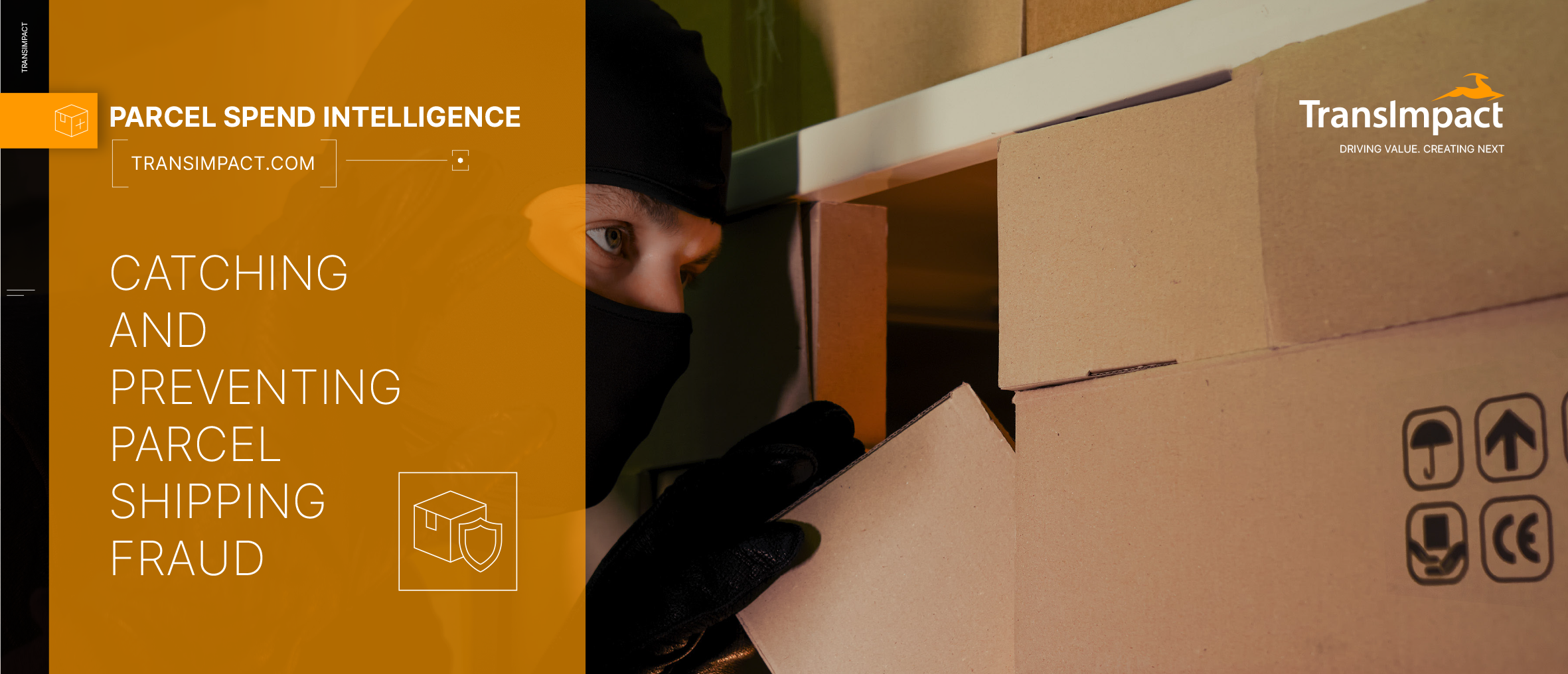A recent report found cases of fraudulent shipping had increased nearly 800% globally year over year — almost 7 times more than any other common type of business fraud. The volume companies are shipping and the “bad guys’” sophistication at pulling off fraud both continue to grow, which means the problem itself will only continue to get bigger.
By definition, shipping fraud is any type of unauthorized shipping transaction. Examples of fraud include spoofing account numbers and manipulating a delivery address to throw off fraud prevention detectors. What’s always the case is that shipping fraud can be highly detrimental to companies’ bottom lines. The extra shipping charges can go undetected for long periods, allowing the perpetrators to rack up thousands (or more) of unauthorized transactions that companies may never notice.
Although carriers and other fraud filters will flag obvious cases, certain types of fraud are much harder to identify. From unauthorized use of account numbers to manipulating delivery addresses, these criminals are continually working to create strategies to avoid detection.
However, as good as fraudsters are at going under the radar, there are still reliable strategies to catch shipping fraud. Here are three strategies to identify when it’s happening.
Review the charges on specific accounts
If you use separate accounts for different shipping functions and company locations or allow suppliers to route inbound shipments, you should regularly review each account for charges that do not belong to your company.
There are ways that fraudulent shipments can stand out. For example, if one account number is used only for B2B orders, but you discover residential deliveries, you likely have discovered a fraudulent shipment.
If you don’t already segment your account numbers by type of transaction, you should start doing so. In addition to helping you identify fraud, this can make assigning costs for budgeting purposes much easier and more accurate.
Look for shipments that include suspicious names
Sometimes fraud shows itself in the recipient’s name. If you come across large volumes of personal or business names that use separate addresses for billing and deliveries during your invoice audits, you might have found a case of fraud.
If the receiver has the same personal or business name as the party being billed, it’s unlikely that it’s a fraudulent charge. But, if the receiver has a suspicious-looking address or shipments are of an unusual size, you should investigate the charges. And of course, if you believe you have found fraud, look through other invoices from the origin to see if there are similar patterns.
Review address origin and consignee
The destination of a parcel can be the clearest indicator of fraud, so companies need to be diligent in reviewing invoices’ delivery addresses. When a package is spotted with an unfamiliar origin and destination, you likely have identified shipping fraud.
For example, if a shipment charged to your account travels between addresses in Oregon and Arizona, but your business is located in New York with no operations in either state, an authorized user is likely using your account details to send unauthorized packages at your expense.
Lastly, a form of this type of fraud that TransImpact parcel experts catch regularly concerns online returns, where fraudsters create a “return” shipment that is not actually sent to a return center. E-commerce sellers with a high volume of returns should watch out for this issue.
When manually reviewing invoices becomes too much
If you’re a high-volume shipper, manually reviewing each invoice for unauthorized shipping charges is unreasonable. Additionally, even if you could check shipment by shipment for the warning flags we’ve identified here, you’re still likely to miss fraudulent charges.
The problem of fraud can be internal or external. Sometimes, fraud can come from within, in which case, the unauthorized charges will be nearly indistinguishable from legitimate shipments. Other times, fraudsters can use account numbers for months without being caught, and once they are, the extent of the fraud can feel unknowable.
However, with the right tools, identifying shipping fraud can take seconds. Technology that enables shippers to review all their parcel data to look for shipping anomalies and find these expensive needles in the haystack can give companies the assurance they need that fraud is not occurring.
If you want to know what you can do when shipping fraud is hard to find, click here.


